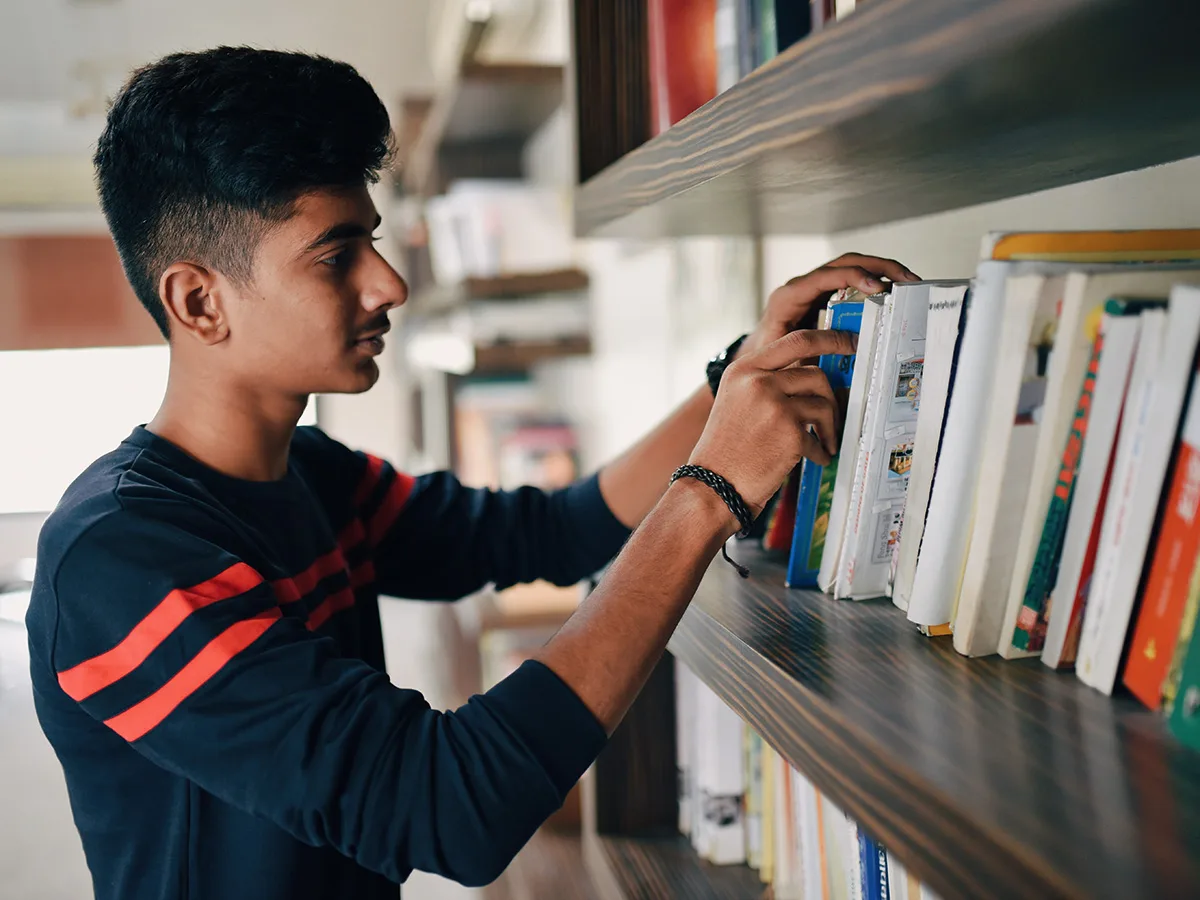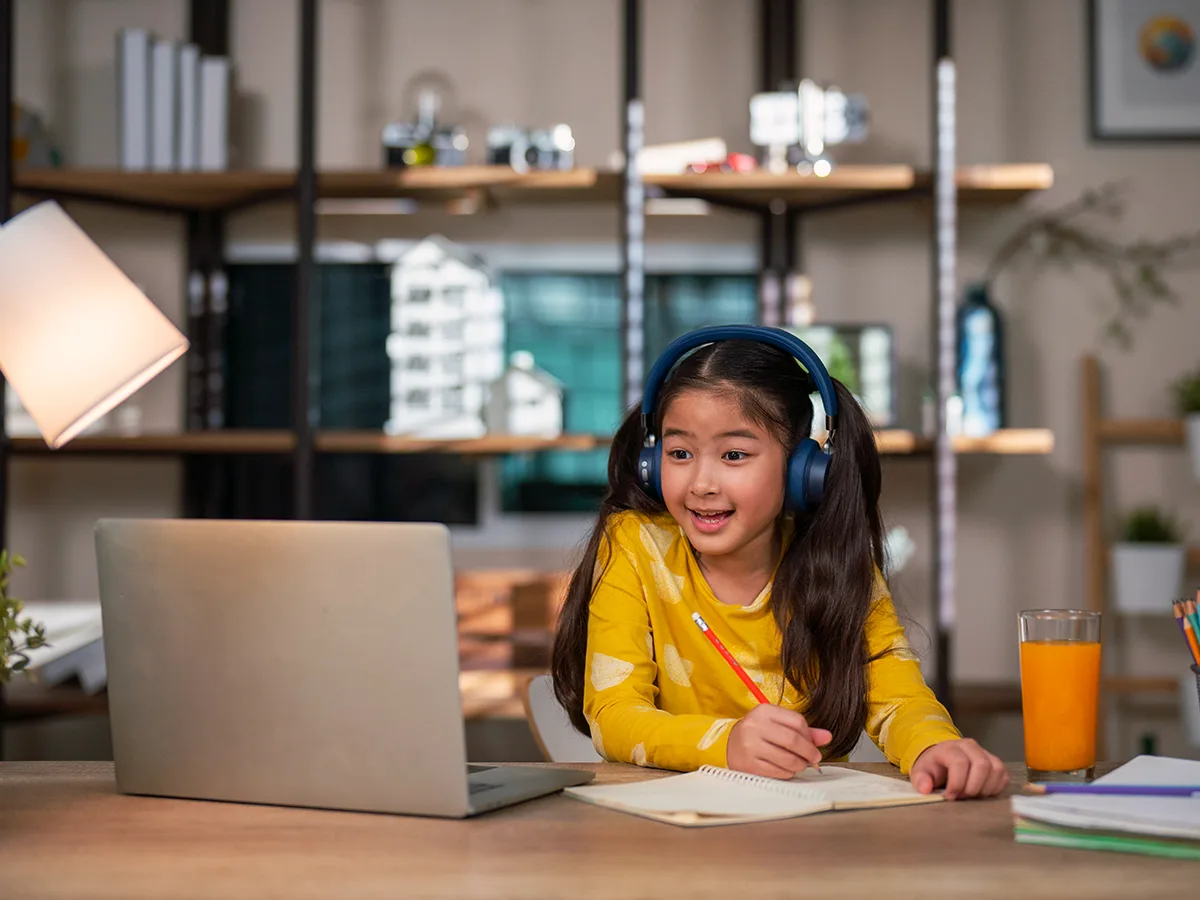9 free public library resources for your child (and you)
Libraries offer books, e-books, music, movies, and video games that build skills. Along with Wi-Fi and free access to computers, your public library may offer even more free resources, tools, and services.
Did you know the United States has more than 17,000 public library buildings and bookmobiles in this country. Libraries are still great for checking out books. But they offer many other free learning resources, too.
Explore these free services and tools you can find at public libraries. To find out what’s offered at your local library, explore its website or talk to your local librarian.
1. Homework help
Public libraries are a great homework resource. Chances are a library near you offers free access to tutoring sites.
You may not need to leave home to use these resources. Many libraries have websites that make homework help available around the clock. Some libraries also offer free one-on-one tutoring in person.
2. Computers and high-speed internet
Nearly all public libraries provide Wi-Fi and free access to computers. And many libraries offer classes on how to use different kinds of computer programs.
Need help looking for a job? Applying for financial aid for college? Learning how to make a website or use social media? Many libraries have workshops on these and other topics related to computers.
3. Movies, music, board games, video games, and e-books
Yes, you can still check out old-fashioned books at public libraries. And at many libraries, you can check out movies and music too. Lots of libraries also have games that help build math and reading skills. Some libraries even have video games you can borrow.
Encouraging struggling readers to browse these sections could help them get more excited about coming to the library. They can also get help finding books at the right reading level on topics they’re interested in.
Is there something specific you wish your local library had? You can ask the library to add it to their collection or borrow it for you from another library — no matter how far away. Public libraries are also great places to borrow e-books.
4. 3D printers, graphing calculators, and other tools
Like hands-on learning? Many public libraries have “makerspaces” where kids and teens can get creative with tools like 3D printers. Want to make a video or audio recording? Grammy-winner Chance the Rapper recorded his first mixtape at a public library in Chicago.
Some libraries also have other kinds of tools that kids and adults can borrow. These could be high-tech gadgets, like a graphing calculator. There may also be supplies you can use while at the library, like pencils and markers.
5. Story time for young kids
There are many reasons to love story time at public libraries. Having a librarian read stories out loud exposes toddlers and preschoolers to more words and ideas. It can help young kids get excited about books. Story time can also help parents and caregivers catch their breath while their kids are learning.
6. Teen rooms
Some public libraries are carving out teen-only rooms or teen-only times. The goal is to create a safe place for teens to hang out, do homework, and use art and tech tools to express themselves.
Some libraries even have librarians who specialize in young adults. These librarians can help find books that encourage teens to read more.
7. Afterschool and summer programs
More than a third of public libraries regularly offer afterschool programs. And nearly all libraries have summer reading programs for kids. These can help prevent “summer brain drain” — when many students fall behind in reading and math.
In the summer, many libraries also provide free meals to kids who get free lunch at school.
8. Fitness classes
A surprising number of public libraries offer fitness classes like yoga, dance, Zumba, and Qigong (tai chi). You can check out fitness equipment from some libraries, too. More and more libraries are adding mindfulness classes as well.
Exercise and meditation can help kids learn. They can also reduce stress and anxiety. Even taking short breaks to stretch or move around can help kids stay focused and get their work done.
9. Help for struggling readers
One way libraries help struggling readers is by providing audiobooks along with the print versions. Using both at the same time can help struggling readers connect the way words sound to the way they look on the page.
Some libraries help kids and adults work on reading skills like phonics. And libraries are always looking for ways to encourage reading. Some libraries bring in therapy dogs so kids can read out loud to them. (Why dogs? Because dogs don’t mind when readers make mistakes!)
Libraries can also be a great resource for English language learners. Many libraries have books in other languages and have classes to help people learn English.
Have kids with reading challenges? Learn where you can get audiobooks and digital text-to-speech books for your child. Also explore this list of books that feature characters with dyslexia or ADHD.





